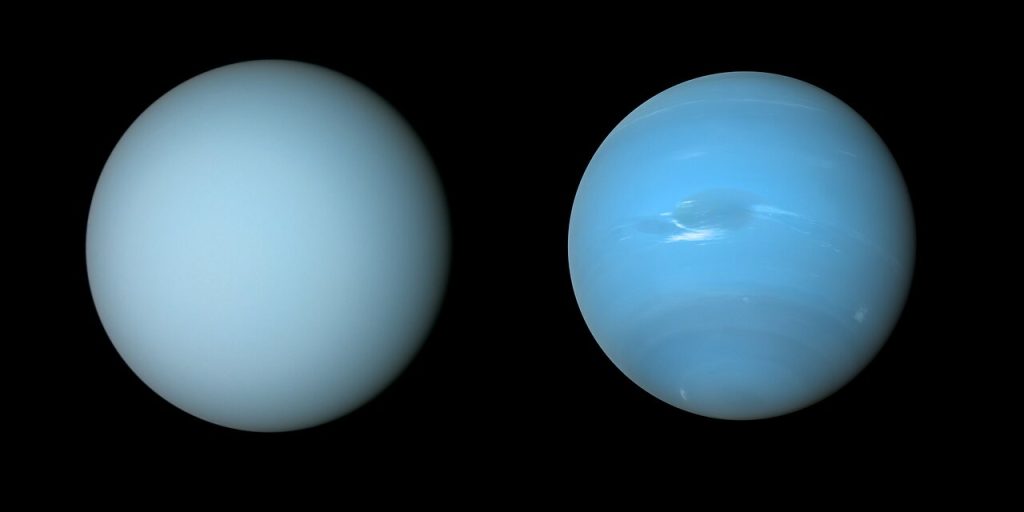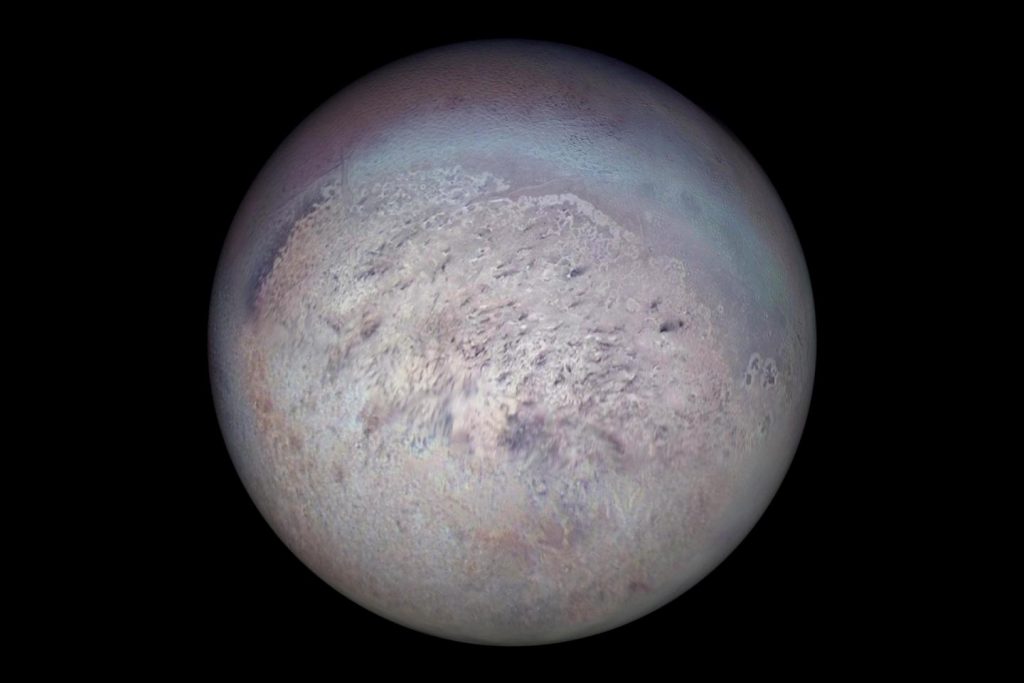Why Uranus and Neptune are colored differently
Actually, Uranus and Neptune, the two outer planets of the solar system, are quite similar. Known as the "ice giants," the planets have similar masses (14.5 to 17 Earth masses), sizes (51,000 to 49,000 km at the equator), and atmospheric compositions (hydrogen at around 80%, helium around 15%, methane about 2%) - and yet they differ significantly in appearance. In the visible wavelength range, Neptune has a rich, deep blue hue, while Uranus has a much paler cyan hue. Astronomers have now found and published an explanation for the different colors of the two planets. The researchers refer to…



